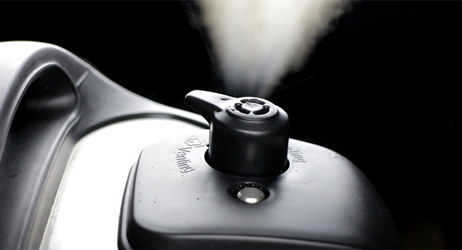The Employment Situation report for October could be termed “outstanding”; 250,000 new jobs compared to a downwardly revised 118,000 in September. This was more than the most optimistic prediction by Econoday analysts who had expected a report somewhere in the 150,000 to 231,000 range. Their consensus was 190,000 new jobs.
The unemployment rate, which had surprised a lot of watchers by dropping 0.2% last month remained stable at 3.7% while the participation rate, bounced back up to 62.9% from 62.7%, a round trip it has made repeatedly for most of this calendar year.
Wages increased by 0.2% to hit an annual rate of 3.1%, a high for the post-recession expansion. The 0.2% monthly rate, however, represented a slowdown from the aggregate 1.0% increase over the prior three monthly reports. Econoday’s commentary notes that this could mean wage pressures and thus inflation risks may be less severe than they look. “The monthly slowing in wages removes at least some of the urgency felt by the hawks at the Federal Reserve who were voicing their views at the September FOMC that policy may, in a need to cool the economy and the labor market, have to rise beyond neutral and into the restrictive zone” (i.e. they need to raise rates more quickly.) Thus, even if the Fed doesn’t raise rates this month (the November meeting is ongoing), Econoday feels the report strongly confirms expectations they will do so in December.
No Equity? No Worry.
The Urban Institute (UI) recently pointed out that cash-out refinances now represented the same share of refinancing in the second quarter as they did just before the housing crash. Since those earlier loans both performed badly and led to a lot of the subsequent negative equity we should be concerned, right? Nope! UI says there are a stack of reasons why not.
1) Cash-outs historically increase when home prices and rates rise. Homeowners want to tap that equity and there is less reason for rate/term refinancing. Therefore cash-outs have a larger share of a smaller pie.
2) While the share matches that in 2008, it is actually not out-of-line with other periods of rising prices and rates.
3) Homeowners are conservative about the amounts they are withdrawing, an average of 21% of their equity compared to 31% pre-crisis. The total dollar volume also remains low.
4) While the cash out share is rising, other methods of extracting equity, use of HELOCs, second and reverse mortgages is not growing. Freddie Mac says some of the HELOC lending it sees is actually debt consolidation.
If you think you have equity that could be put to better use, call or email me.

